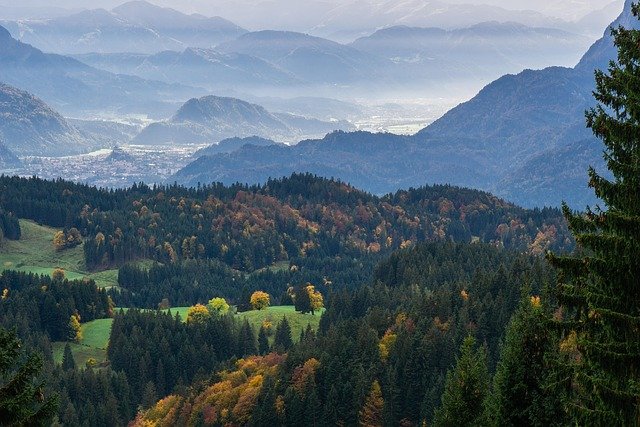**Topic: "The Hidden Wonders of Urban Nature: Exploring

The Hidden Wonders of Urban Nature
Urban environments are often seen as concrete jungles, bustling with human activity and dominated by buildings, roads, and infrastructure. However, beneath the surface of our cities lies a rich tapestry of nature waiting to be explored. From rooftop gardens to hidden parks, urban nature offers a plethora of hidden wonders that can rejuvenate our spirits and foster a deeper connection to the natural world.
1. The Magic of Green Spaces
Parks and Gardens
Many cities boast beautiful parks and botanical gardens that serve as green oases amidst the urban hustle. These spaces provide a sanctuary for both wildlife and residents.
- Central Park, NYC: A sprawling 843-acre park that features meadows, woodlands, and lakes, offering a perfect escape from the city's chaos.
- The High Line, NYC: An elevated linear park built on a former railway track, showcasing native plants and art installations.
Community Gardens
Community gardens are a testament to the power of collaboration and sustainability. They bring together neighbors to cultivate plants, grow food, and foster community spirit.
- Example: The Eagle Street Rooftop Farm in Brooklyn, NY, is a rooftop garden that not only produces fresh vegetables but also educates the community on sustainable practices.
2. Wildlife in the City
Urban areas are often home to a surprising variety of wildlife. Birds, insects, and even mammals have adapted to city life, creating unique ecosystems.
Birdwatching
Cities can be excellent places for birdwatching, with many species nesting in urban settings.
- Common Urban Birds: Pigeons, sparrows, and starlings are ubiquitous, but keep an eye out for more exotic visitors like hawks and owls.
Pollinators
Urban gardens and green spaces play a crucial role in supporting pollinators like bees and butterflies.
- Pollinator Pathways: Initiatives that create corridors of flowering plants help sustain these vital species, enhancing biodiversity in the city.
3. Nature in Unexpected Places
Green Roofs and Walls
Innovative architecture has introduced green roofs and living walls, transforming buildings into vertical gardens.
- Benefits: These features improve air quality, reduce heat, and provide habitats for wildlife.
Urban Foraging
Foraging in cities can reveal a wealth of edible plants and herbs.
- Common Finds: Dandelions, wild garlic, and even fruit trees can often be found in urban settings, offering a unique way to connect with nature.
4. The Mental Health Benefits of Urban Nature
Spending time in nature has been shown to reduce stress, improve mood, and enhance overall well-being.
Nature Therapy
Urban nature can serve as a form of therapy, providing a peaceful retreat from the fast-paced city life.
- Mindfulness Practices: Activities like walking meditation in parks or simply sitting in a garden can promote mindfulness and relaxation.
Conclusion
The hidden wonders of urban nature remind us that even in the busiest cities, beauty and tranquility can be found. By exploring our local green spaces, supporting community gardens, and advocating for wildlife-friendly urban planning, we can enrich our lives and foster a deeper appreciation for the natural world around us. So, the next time you find yourself in the city, take a moment to look beyond the concrete and discover the hidden gems of urban nature waiting to be explored.
Explore More
- Books: "Urban Green: Architecture for the Future" by David K. Allen
- Websites: The Nature Conservancy for local initiatives and conservation efforts.
- Apps: Download apps like iNaturalist to document and share your urban nature discoveries!
Let’s embrace the beauty of urban nature together! 🌿🌼

All images are taken from the Pixabay.com
Upvoted! Thank you for supporting witness @jswit.